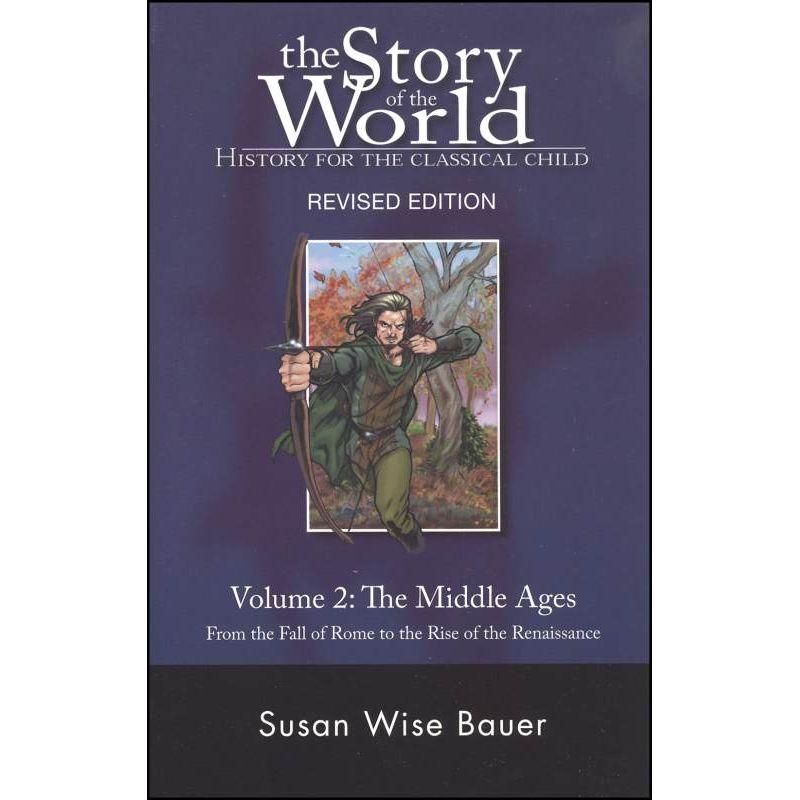
Story of the World Volume 2: The Middle Ages
Like its predecessor, the Activity Book corresponds chapter-by-chapter with the text from the Story of the World readings, and the sections and activities are well-organized and easy to implement. Each chapter begins with review questions for the book. Narration exercises are also included, so that the child may write or dictate to you a summary of what they learned. A list of books for additional reading follows, each with a concise summary and an approximate reading level to help you find those most appropriate for your child's ability and interest. Corresponding literature, consisting of more "story-like" volumes such as cultural tales and myths are also featured to liven up your history reading, lending a little more interest to those lovers of fiction. An excellent range of activities follow the reading lists, including map work, a coloring page, and projects, which include art, crafts, games, and other more "involved" activities. An abundance of opportunities for "beyond-the-book" learning about here, but as the author mentioned in the activity book for Vol. 1, you should not feel pressured to read every book and complete every activity - history studied in this manner should be a fun and enjoyable journey for all involved, not an endless checklist of items you "have to" complete to pass a test. These courses lend themselves very well to family study, and a lot of the activities would be much more enjoyable with at least a couple siblings or friends. Fortunately, Susan Wise Bauer has anticipated this, and has denoted chosen activities with a "C" to highlight its use as a good co-op or classroom activity. All in all, this looks like an very well-rounded, extremely enjoyable, and solidly chronological approach to history
Couldn't load pickup availability
Pickup available at 5330 Ehrlich Road Suite 121
Usually ready in 5+ daysPairs well with

Story of the World Volume 2: The Middle Ages
If you have any questions, you are always welcome to contact us. We'll get back to you as soon as possible, within 24 hours on weekdays.
-
Shipping Information
Use this text to answer questions in as much detail as possible for your customers.
-
Customer Support
Use this text to answer questions in as much detail as possible for your customers.
-
FAQ’s
Use this text to answer questions in as much detail as possible for your customers.
-
Contact Us
Use this text to answer questions in as much detail as possible for your customers.
